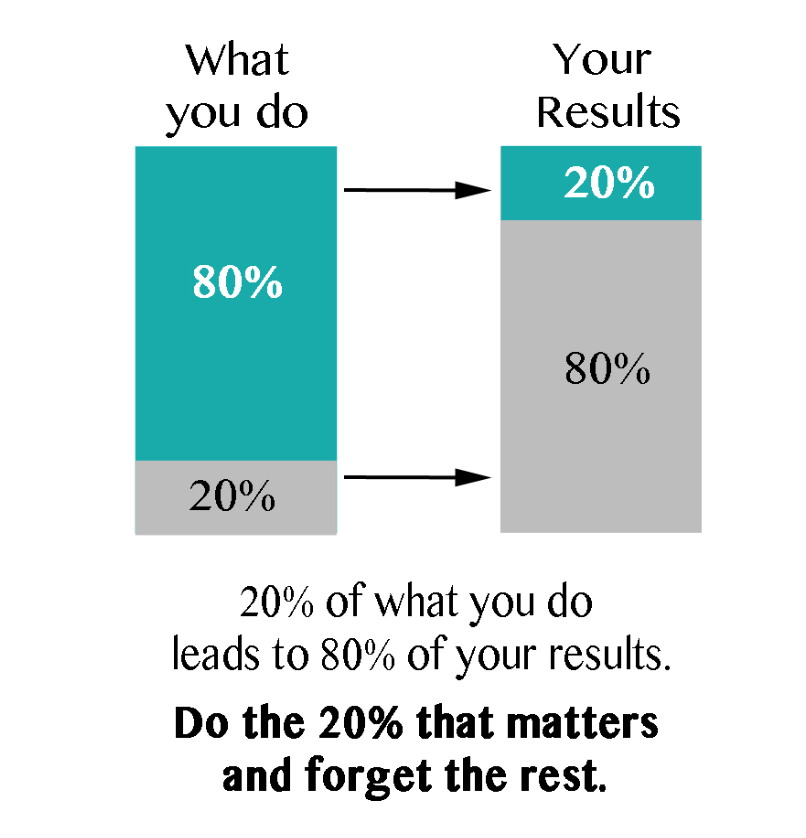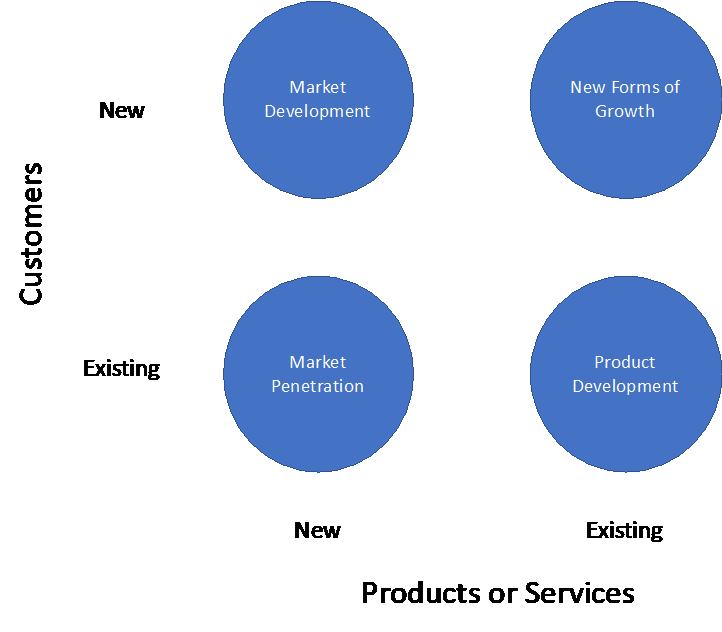
We are living in a crazy time. Many organizations are likely to cease to exist. In some instances, this is due to their particular line of business and the COVID-19 pandemic (e.g., restaurants, beauty care, etc.), but other organizations will cease to exist or become much smaller due to choices made by the leadership team.
It is definitely a challenging period. As businesses begin to reopen and revive, here are 12 actions and choices that might increase their chances of future success:
1) Get the basics right!
- Social distancing will be a factor moving forward. Even after a vaccine is discovered it will not eliminate the problem. Most flu vaccines are only good for one year and there are constantly evolving flu varieties. One can expect something similar from the corona virus family.
- What will your standard work protocols be moving forward? Standard work is the best way we know how to do an activity. It can range from project management to repetitive tasks such as assembly work or call center activities. Work activities are likely to move at a slower pace during start-up, take advantage of the change of pace to observe the way work is being done. What can you learn from those observations? Engage your employees in defining your new protocols. Realize there will be a period of experimentation.
- What will your protocols be if someone comes down with the virus? How will you investigate prior contact interaction with infected individuals? How will you ready your workplace for resumption of work activities?
- How might you use visual signals or signage to have work associates adopt and adhere to the organization’s new safety protocols? For example: make it easy for people to social distance (dots on floor, dash lines, plastic barriers), signs with handwashing instructions, signs to communicate temperature checkpoints, visitors not allowed, quarantine areas, personal hygiene tips, communicate actions being taken to ensure associates’ safety (e.g., frequency of disinfection, things that are being disinfected like cafeteria trays), etc.? And signs to simply thank people for being there and working safely.
- Standard practices throughout the workday will need to be examined. Will you need to spread the work over multiple shifts in order to have safe spacing of employees? Have you considered your physical location for other non-task elements of the workday? For example, do you need new protocols like split breaks and lunches to reduce congestion in cafeteria and break areas? Should you reduce the number of chairs in these areas to naturally encourage social distancing?
- What is your plan for PPE and viral safety protocols (e.g., taking people’s temperature as they entire the facility, wearing of clean mask, washing hands, disinfecting work areas periodically during the day, hand sanitizers, etc.)? What is the plan for recurring sanitization of shared tooling or equipment, rest room facilities, work surfaces, etc.? In some instance sanitization will be necessary multiple times per day. What can employees routinely do to ensure a safe workspace?
- What is the protocol for ensuring safety of employees interacting with service providers, contractors and visitors to the facility?
- If you have multiple shifts how will people enter and leave the facility? How can you encourage people to avoid bunching up prior to entering the facility?
- What precautions if any should be a normal practice before associates return to their homes?
- What are your most important decisions? List decisions that need to be made and determine your key priorities where effective execution is very important.
2) Create clear and consistent communications
Carefully consider your communications strategy so that you can effectively reach everyone in your business from the front office to the shop floor. What methods can you use to ensure everyone gets the same message and is reminded about good practices to avoid infectious diseases? Use multiple methods to ensure the most effective dissemination of your messages: daily huddles, emails, town halls, newsletters and posters, for example. Consider your workforce’s languages as well. Do you need to translate information, or can you use iconography, pictures, charts and numbers to reach workers who speak different languages? At Seattle’s Port and Airport facilities, the CEO communicates daily via email and Zoom messages to all employees. Employee response to these messages is overwhelmingly positive.
3) Assess your practices and implement improvements now
Now is a good time to look at your traditional improvement practices – the way the organization goes about the business of improvement. The magnitude of improvement opportunity in most organizations is much bigger than people realize. What do you need to do to increase throughput and or productivity by 50% or more? What are the obstacles that inhibit accomplishing that level of performance improvement?
Consider using a tool like AME’s Lean Sensei to assess your current level of improvement maturity. These levels of improvement are indeed possible. You first need to believe you can, then trust the lessons and outcomes many other companies have also had using the Lean Sensei as their guide and their barometer to complement their internal assessment practices. Improvement is not just an operational issue. It includes the way you sell your product, the way new products are developed, the improvement impact from the adoption of new technologies and the way support departments interface with the value adding segments of your organization. All too often, leaders assume they are doing the right thing. Be sure to include in your improvement opportunity assessment a look at the way leaders lead.
4) Adjust to changing business practices
Traditional business practices are going to be challenged. During the pandemic, organizations are increasingly using digital technologies for communication and they are learning that much work can be effectively completed offsite. Many manufacturing companies that were deemed essential during the pandemic have also learned that their hourly workforce can get their work done with considerably less supervision. What can be done moving forward to change the way you manage people? No longer does there need to be a manager who has all the information and shares it with the team. It is now possible for the team to access all the pertinent information. If they’re trained in problem solving and basic accounting, the team can self-manage and succeed!
5) Track your learnings and experiments
Adopt the mindset that everything you do is an experiment in the best-known way to do something at this moment, but there are always ways to improve upon it. Taiichi Ohno once said, “Assume everything is a mess!” Constantly assess the effectiveness of your current practices and experiment for new possibilities. Maintain an awareness of what is happening with those experiments: don’t let learning get lost. A simple example: how do you permanently embrace many of the best practices discovered during recent work-from-home mandates?
6) Complete an 80/20 analysis
It’s highly likely that whatever you were selling prior to the pandemic is going to ramp up slowly, unless you were one of the handful of businesses that experienced the opposite problem where you needed to immediately handle significantly higher levels of business transactions. What are your plans for moving forward? What are the core products or services you provide? How can you stop doing activities that do not add real value to your business? This isn’t just a simple financial analysis. Look at your value proposition to your key customers. What do you need to keep doing? What can you stop doing? What should you start doing? Take advantage of this unique opportunity to revisit your business activities, perhaps redefining your value proposition to/for your customer base.
Consider doing an 80/20 analysis. Typically, 20% of customers/products/ services represent 80% of profits. Don’t just drop the 80% that are less profitable but do an analysis. Are there opportunities for price increases for low volume customers? Can you get rid of problematic customers? Can transaction costs be decreased with new digital capabilities? Do you truly need the least profitable customers/products/services? You have a golden opportunity right now to stop doing things you should not be doing. Don’t let it pass.
7) Determine how new innovations will affect your business
There is likely to be an innovation explosion over the next two years. There is already an abundance of companies using 3D printing to create and market new products. OC Tanner, an employee recognition product/service company in Utah, designed and is manufacturing a fresh air connection pump for health care workers’ PAPR masks. A company in the San Francisco area redesigned swabs for use in hospital coronavirus testing. These are just two examples of the super early wave of innovative practices spurred by the pandemic. Many companies are going to be changing their supply chains, so what new customer product/service opportunities might that create. Take a look at needs in the marketplace.
8) Foster a creative environment
What opportunities exist for new markets and new customers? Many organizations are making their own equipment to create new products – something that was a common practice many years ago and a capability lost in many Western businesses. That type of action provides a lot of flexibility for developing new manufactured products. The whole idea of experimentation – to try new things as we figure what we need to do to survive – is going to change the mental models and make more leaders receptive to trying new things. Create an organizational environment that is more open and more receptive to trying something new.

9) Focus on your supply chain and your Total Cost of Ownership
Think through your supply chain strategy. Focus heavily on tracking and guiding recovery of your current state supply base. It will be a rocky recovery for many of them and potentially disruptive to the flow of customer value in your operations. This global pandemic has exposed serious risk areas such as:
- Widely dispersed and fragmented supply chains

- Single or sole sourced supplier partners
- Supplier partners where you are a small part of their buy and not preferred
- Supplier partners concentrated in one geographic area subject to major disruption
- Supply chains concentrated in areas subject to government interference and political regulation shifts
- Distant supply chains that drive bloated inventories, significant goods in transit and long and expensive freight recovery replenishment costs during supply constraint periods
In the past most organizations made sourcing decisions based primarily on price, typically not taking into account ‘total costs’ or business risk. The Reshoring Initiative offers a free online tool Total Cost of Ownership (TCO) Estimator that helps companies account for all relevant factors — overhead, balance sheet, risks, corporate strategy and other external and internal business considerations — to determine a more realistic total cost of offshoring.
10) Avoid easy solutions
Don’t make the mistake of throwing out lean strategies during this transition time. Now is the time to double down on lean thinking and methods, not abandon them. For example, the “quick-fix” reaction to disruptions in supply chains could be to hold lots more inventory. Or perhaps someone will suggest it makes sense to have long runs and large batches that are pushed onto the next process instead of continuing to produce small batches that are pulled through your processes. Instead, continue to focus on eliminating bottlenecks, eliminating uneven workflows and increasing your ability to match your operational capacity to the needs of your customers. Avoid the temptation to adopt the easy solution.
11) Hire new talent
There is an abundance of talent that was not available a short time ago that is now available for hire. What companies in your area have laid off people? Contact them to find out who the people are that they really did not want to let go. So many new start-ups will have gone out of business. Job offers were rescinded to many college graduates. Can you pick up some of that talent? Contact the business incubators in your geographic area. Which of their entrepreneurs went out of business? Hire some of these people and perhaps pick up some of their innovative ideas.
12) Embrace employee openness to technology
The digital revolution has arrived. In the past, changes were sometimes resisted by employees, and sometimes leaders were hesitant to adopt them. How can these new technologies accelerate your improvement endeavors? Don’t just buy a technology for the sake of it. Have a business use for it. Use these readily available technologies to improve your current business practices and to find new growth opportunities in existing markets and with new customers. What digital strategies might enhance or change the way you work with your customers including new channels, new customer experiences and new ways to effect transactions?
The good news – if there is any in this pandemic – is that in most cases your competitors are being affected in the same ways you are. Do not overly focus on the negative aspects of this situation. Instill a positive, can-do spirit and use this recovery period as an opportunity to leapfrog what others are doing.
In “A Tale of Two Cities” Charles Dickens wrote, “It was the best of times, it was the worst of times.” That statement applies to our world today. This is a challenging environment. But it is also rife with new opportunities for organizations savvy enough to seize the day.
Please stay safe, but don’t go into hiding. Take advantage of this opportunity to restart your organization. You don’t need a new greenfield site. You can do your own new greenfield right where you are operating today.
Michael Bremer has been an active AME member since 1992. He has served as vice president of the AME Excellence Awards program since 2010 and as AME’s CFO from 2002 – 2010. As a volunteer, he led the redesign of AME’s performance excellence criteria and has served on both the AME national board and management teams. He recently joined the Advisory Council for Dominican University’s Osher Lifelong Learning Institute program in San Rafael, Calif. He has co-authored three books on effective performance improvement practices and wrote the Shingo Award-winning book, “How to Do a Gemba Walk.” He was recognized as AME's 2019 Mac McCulloch Lifetime Achievement Award Recipient.
Views and opinions shared in Target Online are the author's and do not necessarily reflect AME policies and positions.


